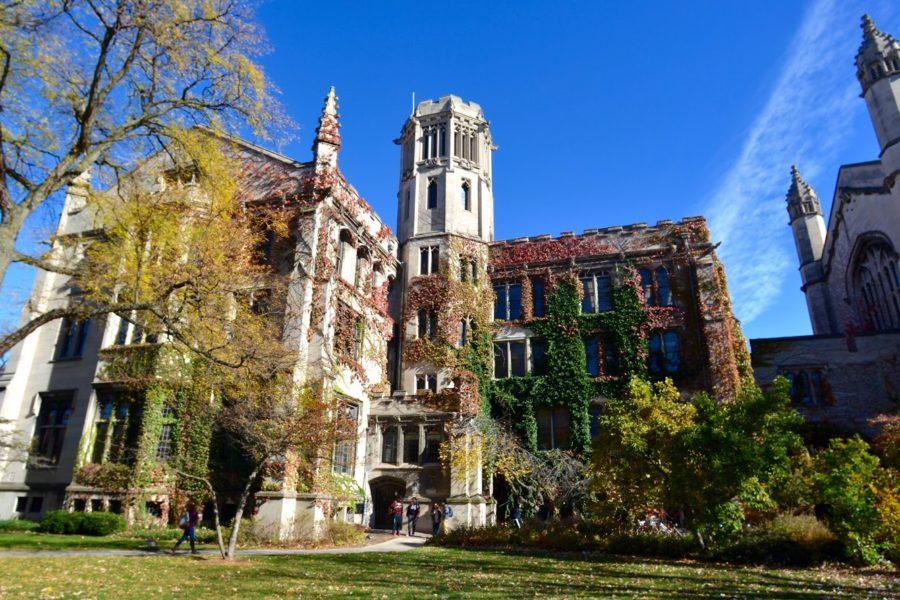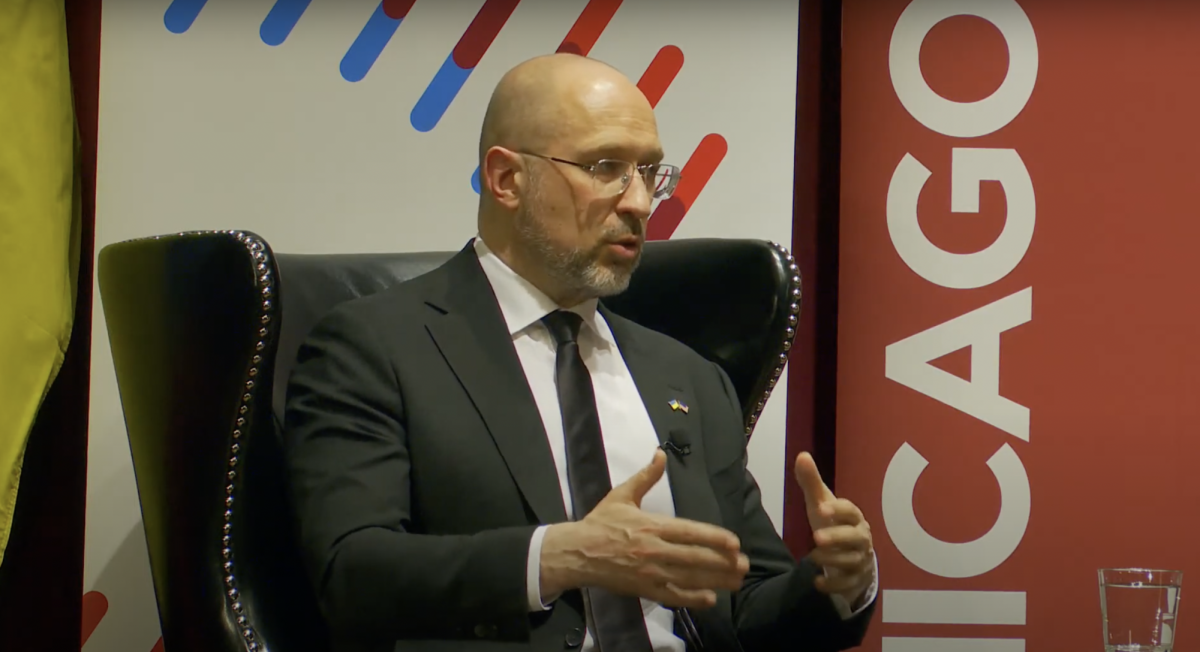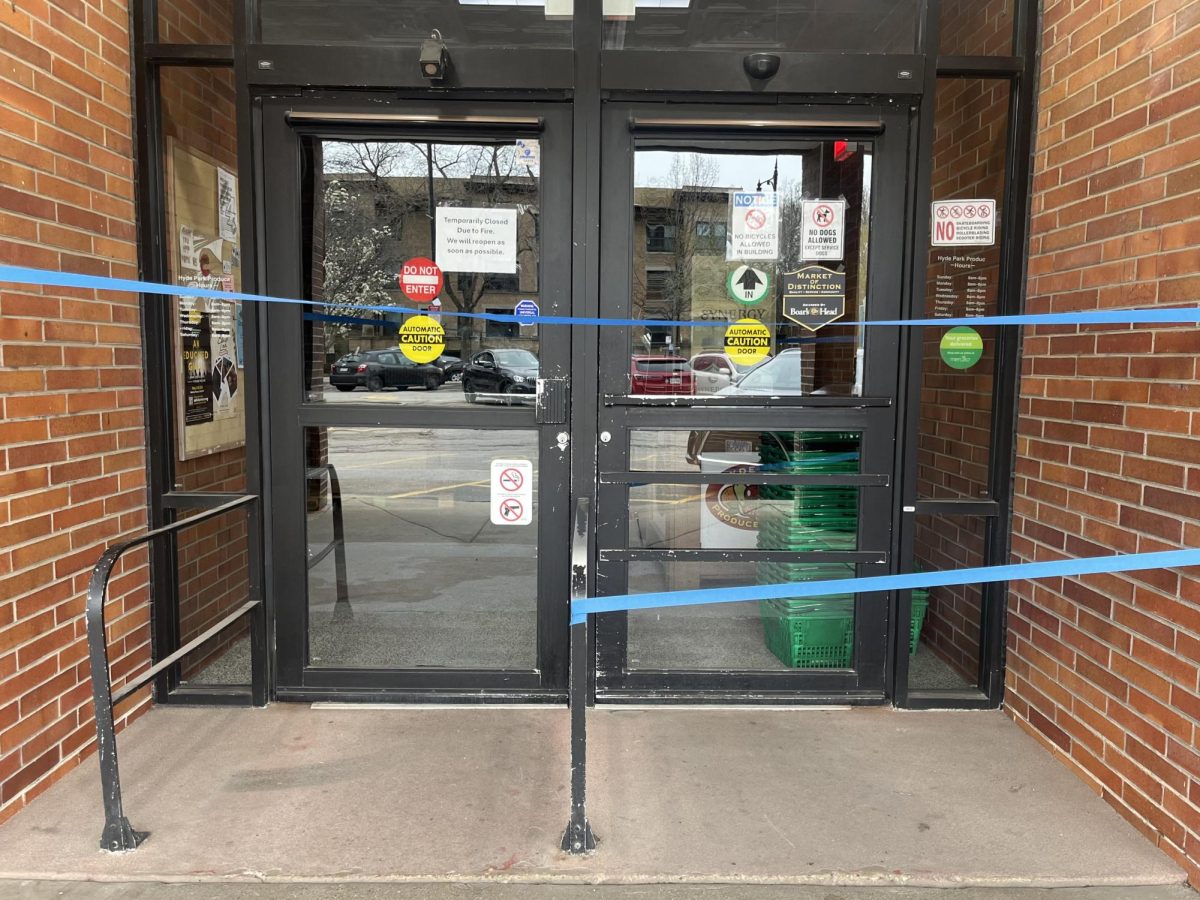A week after showing a slide show to his Historical Geography class, Professor Michael Conzen observed a change in the technology traditionally available in the classroom. “I long suspected an inverse relationship whereby schools with the most intellectual pretension generally used to have the worst audiovisual equipment and facilities and those with the least pretension, especially [community] colleges, often had the best,” Conzen said.
Conzen’s remark expressed the sentiment of many in higher education have harbored for a number of years, as administrators and faculty saw community colleges blazing the technology trail. In the article, The Use of Technology: Institutional Issues, authors Marilyn Amey and Kim VanDerLinden assert that community colleges were the leaders of the technological revolution in education. “In 1998, for example, 62 percent of all two-year public institutions offered distance education,” the authors wrote, attributing community colleges’ embracing of technology to their flexibility as institutions.
Conzen joked that there was a possible change in the University’s academic arrogance, demonstrated by the proliferation of LCD projectors and PowerPoint presentations in classrooms across campus. “I speculate that either the relationship has changed or Chicago’s pretension has declined, since AV capabilities at the U of C have greatly improved of late.”
Unlike private institutions, community colleges have been historically motivated to integrate technology into their curricula in an effort to stretch their educational programs across large geographic areas. Many say that Chicago now bears a greater responsibility to remain ahead of the technology curve in order to maintain its reputation as a cutting-edge University.
This responsibility has been intensified by the growing national trend in which high-ranking universities are placing an ever-greater emphasis on technology. Wake Forest University, which was ranked the second “Most Connected Campus” by the Princeton Review, requires all of its students to buy IBM laptops as freshmen. The cost of the laptops is factored into the price of tuition. In the fall of 2000, The University of North Carolina at Chapel Hill began requiring freshmen to purchase laptops at a cost of $2,182 or $2,924 for a higher-end model. While not yet requiring students to buy laptops, Chicago continues to play a game of technology catch-up. “In certain areas, we’ve been taken somewhat by surprise in that the demand has grown much faster than our ability to handle it,” said Gregory Jackson, the vice president and chief information officer of the University. “For example, our current webmail service was designed to handle a few traveling faculty and staff, but now is the primary mail client for a large fraction of our community,” he said.
Networking Services and Information Technologies (NSIT) plans to deploy an entirely new mail system in the coming months to accommodate the community’s growing needs.
Jackson maintained that the University has made technological advances it can be proud of. He pointed to the introduction of Chalk, which has been used to replace handouts and books and to the extensive wireless networking that has been put in place.
According to Jackson, these changes were made possible by invisible advances. “We deploy far more computing power in support of instruction and research than we once did, both centrally and departmentally,” Jackson said. “The capacity of the University’s network has greatly increased to handle the enormous increase in traffic we’ve experienced.” Jackson also noted NSIT’s efforts to replace the University’s aging administrative systems with more up-to-date models.
Jackson said that the University is working as quickly as possible to satisfy faculty and student expectations. He noted that faculty and students increasingly expect to find more technologies in the classroom. NSIT is also working to reach near-complete wireless networking coverage of campus over the next year. They also have plans to build more Crerar-quality computing clusters for students across campus.
“NSIT’s efforts have put Chicago in step with its peer institutions,” Jackson said. “Compared to other top-tier research universities, except for those, such as MIT and Stanford, that hang their hat on technology, we’re pretty much in the mainstream,” he said.
Many attribute the community colleges’ success to their particular audience and teaching strategies, which differ from that of a university like Chicago. “Community college instruction has generally been more standardized than university instruction—that is, more focused on replicable work from syllabi than on the kind of discussion and argument we tend to emphasize here.”
Jackson dismissed the notion that community colleges have been alone in their advancement of technology in higher education. “That [community colleges] use technology more reflects who they and their market are, rather than their relative position in some race. I think we learn a great deal from community colleges about how to manage certain kinds of technology in instruction and I think they learn a great deal from us in the same way. But we are seeking very different ends.”









